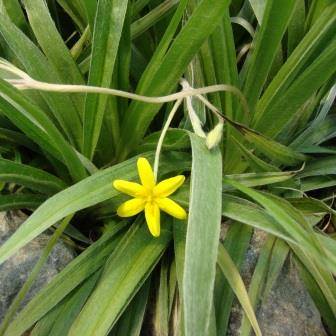
10 Hypoxis acuminata Seeds - Indigenous South African Perennial Bulb - Immune Booster
Check my rate
| Main centres: | 1-3 business days |
| Regional areas: | 3-4 business days |
| Remote areas: | 3-5 business days |

| Main centres: | 1-3 business days |
| Regional areas: | 3-4 business days |
| Remote areas: | 3-5 business days |
Hypoxis, a well-known genus of the family Hypoxidaceae, easily recognizable by its bright yellow star-shaped flowers and strap-like leaves, has a long history of medicinal use on the African continent and is currently being used in South Africa in primary health care as an immune booster for patients with HIV/AIDS. Being geophytic herbs, Hypoxis plants overcome winter conditions in the form of an underground rootstock called the corm. Corms are hard, fleshy, mucilaginous and white or yellow-orange within. Sliced corms, when exposed to the atmosphere, turn black with oxidation. In spring, a new set of leaves grows from the apex of the corm. In most species, leaves are arranged one above the other in three rows that radiate outwards. In some species, leaf bases are enclosed in a sheath, forming a false stem. Leaves range from linear to broadly lance-shaped, are hairy in most species and die back over the winter months. Flowering stems appear with the leaves after the first rains in spring. They are unbranched, with 2-12 flowers per stalk. Flowers are symmetrical with 6 tepals, rarely 4 or 8, are bright yellow, giving the genus its common name "yellow stars". Only in two taxa, H. membranacea and H. parvula var. albiflora are the flowers white. The fruit is a capsule that splits across its diameter to expose the small black seeds. Hypoxis acuminata grows to 30cm tall and usually in large groups. It forms a spiral tuft of tall V-shaped hairy leaves. From spring to autumn it bears yellow flowers. It is best sown in spring. You're buying a pack of 10 Seeds We'll supply you with all the germination & care instructions. |